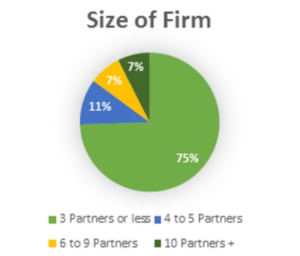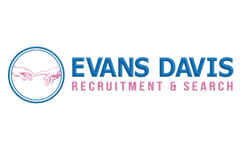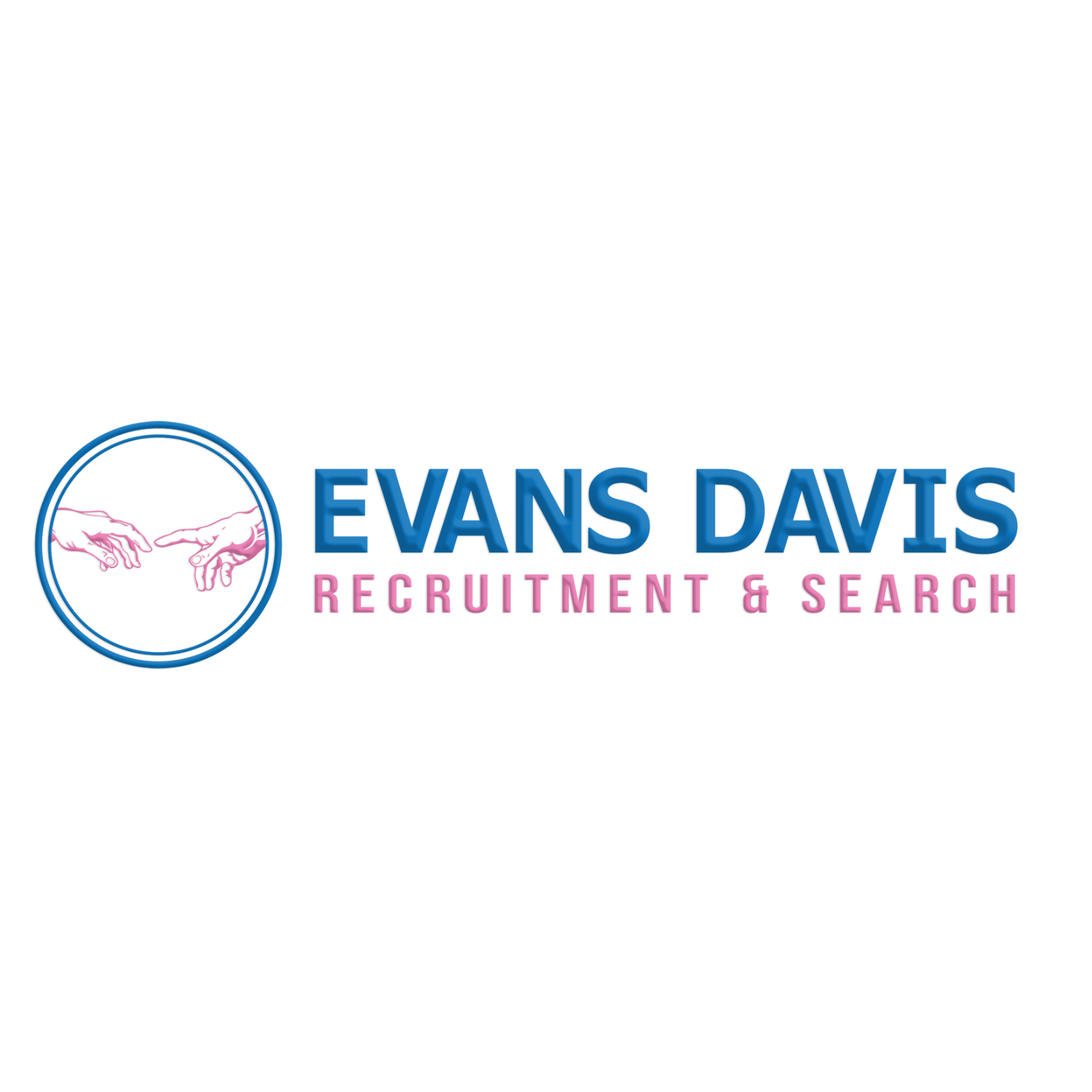Over the past 2 years, through our involvement with Chartered Accountants Australia and New Zealand, meeting with hundreds of businesses, and interviewing 1000’s of candidates, Evans Davis now has an incredible amount of information to assist candidates and clients in the decision-making process.
We can paint a very clear picture to clients of where each candidate is coming from, and equally important, we can advise candidates on what each firm is really like to work for.
In our first in a series of studies on the professional services industry we surveyed 282 accountants working at accounting firms to help understand why people change jobs.

Having worked in recruitment for several years, in my experience, you can break down the reasons why people change jobs into two broad categories:
- Pushes, are the things that motivate someone to want to leave an organisation;
- Pulls, are the things that motivate someone to want to work for an organisation;
Generally speaking if someone is unhappy in a job the Pushes will be the driving force and for people that are happy it will be the Pulls, however it is usually a combination of the two.
For reasons that will become clear, we were also interested to find out the different levels of study support and average working hours in the industry.
Respondent Profiles
The people we surveyed all worked within professional services in Sydney.
The majority of which were working in business services and in firms with 3 partners or les


Study Support
As you can see, the majority of firms (79%) support the CA, 1/3 of which are paid upfront.
The numbers were slightly lower for CPA.
In addition to CA/CPA support, 22.34% of accounting firms also supported employees completing a Masters of Tax.

Hours of Work
As expected, 94.74% of professional service industry respondents reported that they started work between 8 am and 9 am, and 89.37% finished work between 5 am and 6 pm.
In addition, 28.73% of respondents are required to take lunch at set times, and the remaining 71.27% have flexible lunch breaks.
What are the Pushes and Pulls?
The main purpose of our study was to find out what motivates someone to leave and what makes them want to accept a job.
We asked respondents to rate the following as either not important, nice to have, moderately important, important, or very important:
- Training and Development;
- Career Progression;
- Social Activities;
- Study Support;
- Client Base;
- Move to Commerce;
- Work-Life Balance;
- Staff Management;
- Size of Firm;
- Supportive Manager.
Pushes and Pulls
To consider an item as a “Push” we would expect to see a trend toward people rating them as either moderately important or nice to have.
To consider an item as a “Pull” we would expect to see a trend toward people rating them as either important or very important.
Important – Very Important
100% of respondents rated items directly related to professional development and career progression as either important or very important.
These included:
- Training and Development;
- Career Progression;
- Supportive Manager.
The client base also scored very highly, with 95% of respondents rating it as either important or very important.
Moderately Important – Nice To Have
What was interesting is that items not directly relating to the job or professional development, including:
- Social activities;
- Work-life balance;
- Working close to home.
Rarely rated as very important (8-10%) in considering a job; however, they were either friendly to have or moderately important to 60-62% of respondents.
Other Findings
Looking a little closer at the results, we noticed a trend based on the type of firm people work for.
Respondents working at smaller firms were more likely to rate the size of the firm and clients higher than those that weren’t.
People working in the Top 10 firms rated moving to commerce higher than those that weren’t.
Implications and Future Study
Because items relating directly to the job and professional development were either important or very important to 100% of respondents, it is reasonable to conclude that these are what attract people to a job.
So then, to attract the best people to your firm, you need to make it clear throughout the interview process that you invest in:
- Training and Development;
- Career Progression;
- Supportive Management.
The most obvious way to differentiate your firm from the majority of other firms is to pay for the CA upfront rather than on successful completion.
Suppose you consider that too great a financial risk because people in your firm are regularly failing CA units. In that case, considering the training and development you offer employee is worth considering.
Because items relating to the firm’s culture were moderately important for most respondents and rarely very important, it is reasonable to conclude that these are the pushes.
So then, if good people are leaving your firm, especially if they are going to similar businesses, it is worthwhile looking seriously at the working conditions you offer employees.
The main limitation of our survey is that we didn’t ask people to rate their current employer on the criteria with which they assess future opportunities. This would have been beneficial because it would have given us a baseline rating and is something we will address in future studies.
Evans Davis has a wide network across the professional services industry, so if there are questions you want to be answered in the future or would like to discuss this study in more detail, please contact us via email at info@ed-rec.com.

